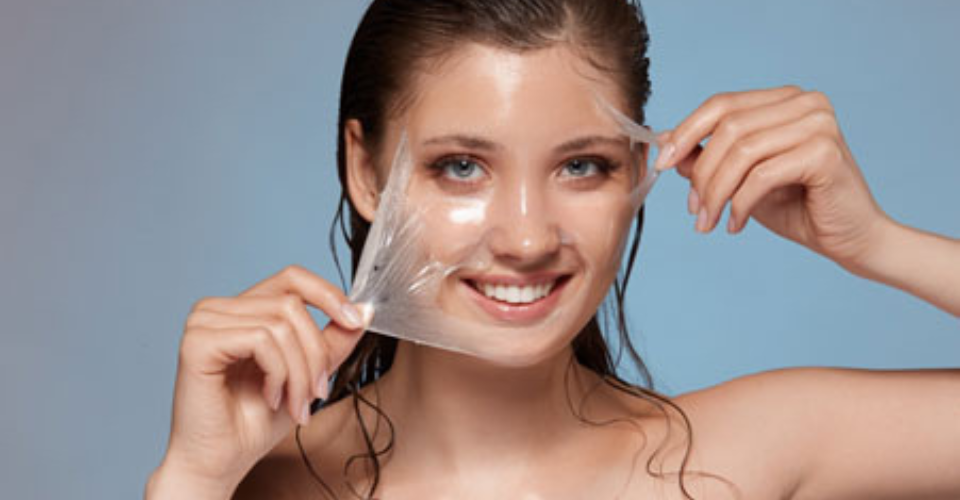
PRP Skin Rejuvenation Treatment
Platelet rich plasma (PRP) is a facial rejuvenation treatment primed to use your own plasma to stimulate collagen production and cell migration. This allows for the elimination of folds, wrinkles and lines effectively. The result is naturally radiant skin that holds its glow for almost two years. Furthermore, the PRP treatment is minimally invasive, carries no risk of allergies and is good to treat almost any area of the body. The compounding benefits make it ideal for patients who are not eligible or disinterested in injectable fillers.
In essence, PRP is concentrated blood plasma that contains about 3 to 5 times the number of platelets found in normal circulating blood. It is rich in vascular endothelial growth factor (VEGF), platelet-derived growth factor (PDGF), and transforming growth factor (TGF), along with other bioactive proteins, thereby helps in the active rejuvenation of the skin.
Frequently Asked Questions
How Does PRP Rejuvenate The Skin?
Platelets are the body cells that help heal and produce new tissues through the generation of new cells. Platelet rich plasma, a super-active form of these platelets, is injected into the target areas, forming an environment of accelerated regeneration of tissues and new collagen. This, in turn, softens your wrinkles, makes the skin smooth and tight, create a smoother skin texture and a younger-looking skin tone.
How Does PRP Treatment For Skin Rejuvenation Differ From Fillers Or Other Injection?
Lines and folds are some other most common signs of tired and ageing skin. The mouth area and lips are especially affected and evident in such cases. To get rid of the sagginess, these are filled with solid materials of Hyaluronic acid fillers, namely Restylane and Juvederm. While such fillers go strong for 6 to 18 months, they need to be redone as per the doctor’s prescription. This makes the entire process rather recurring and artificial at best.
In contrast, PRP is about enabling the collagen grown by the body and stimulating it to ensure total facial rejuvenation instead of focusing on just one wrinkle at a time. It further aids in skin tone improvisation, filling up hollowed cheeks, tightening and smoothening the skin and plumping up the areas on which the fillers cannot be used due to reactionary issues.
Interestingly, both PRP and Hyaluronic fillers can be injected in sync with one another. The treatments offer mutually exclusive benefits that are irreplaceable. For instance, fillers help with the lines and folds, while PRP is concerned with volumising the face, improving the skin tone and enhancing the overall texture.
What precautions do I need to take before a PRP Treatment for Skin Rejuvenation?
- Your face needs to be iced post-treatment to avoid any bruises or burns at the injected areas
- The icing also reduces the chances of irritation and swelling, which is generally temporary
- If you have sensitive skin, then it’s prudent to consult your cosmetologist about any side effects
- It is imperative to have ample breaks between the treatments, allowing the skin to self-heal from all the micro-needling processes
- You must avoid consuming any pills or drugs without a proper prescription for at least 7 to 20 days post the treatment
- It’s best to take a couple of days off after PRP and avoid any heavy work
What is the step-by-step procedure for PRP?
There are essentially three steps to the PRP process –
1. Blood is taken and spun in a centrifuge machine for about 8-10 minutes
2. During centrifugation, the cells are separated from the top layer of the blood and fibrin is extracted along with the rich platelets
3. The platelet-potent blood is then reinjected into the targeted area
This entire procedure takes anywhere up to 20 minutes. Depending on the rejuvenation areas you select, blood taken is between 10 and 30 ml.
How does the skin feel immediately after the PRP procedure?
You can expect the following effects after a successful PRP process –
A bit of swelling in the treated area. This is unavoidable as PRP is an invasive procedure.
Temporary bruises which shall go away in a couple of days
No side effects as the blood used is your own.
How many PRP treatments do I need? And what’s the final result?
It is advised to take three sessions with at least a gap of four to six weeks in order to get the maximum result of PRP skin rejuvenation treatment. Within the first month, you are sure to see signs of improvement in the skin texture. Since most of the collagen takes three months to reproduce, you’ll be able to experience lifted skin with lesser lines and wrinkles after that period. The best part is that the effects of a PRP treatment last up to two years, without any revisits. However, it is ideal to visit your cosmetologist at the end of each year to evaluate the effects and understand their sustainability.
What are the benefits of PRP Skin Treatment?
Non-Invasive
A non-surgical procedure with reinjection of the patients’ blood into circulation makes PRP extremely safe.
Quick and Simple
A standard PRP process is completed within 30 minutes. Once the platelet-rich plasma is activated, it mimics an injury response in the body. A remodelling of the epidermis enhances the texture and appearance of the skin. With the natural collagen production in the targeted area, results can be seen in the first few weeks. The skin’s look then gradually improves over time.
Long-Lasting
Although the process is quick, the results stay up for a long time. Three to four timely treatments are usually recommended post which the benefits continue to be visible until 18 months.
Completely Natural
The production of natural ingredients by the body to rejuvenate the skin is always preferred in the face of synthetic fillers. Since the patient’s own blood is used, any chance of allergic reactions, infection or rejection is nullified.
